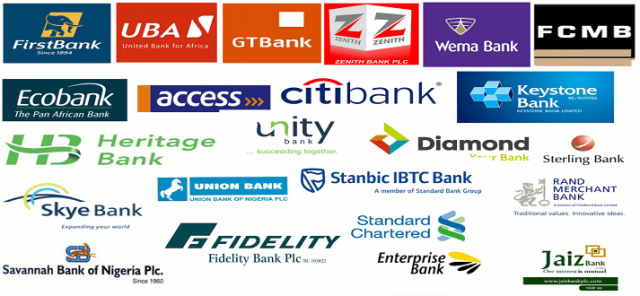Interbank rates have surged significantly due to liquidity pressures from Open Market Operation (OMO) auction settlements, coupled with a lack of fresh inflows in the money market. The Central Bank of Nigeria’s (CBN) recent OMO auction, totaling about ₦1.45 trillion, pushed system liquidity further into deficit, driving a sharp rise in interbank rates.
Following Tuesday’s primary market auction (PMA) by the CBN, the settlement on Wednesday injected N1.44 trillion in OMO bills, which led to a negative liquidity position of N2.3 trillion, according to investment banking reports. As a result, the Nigerian Interbank Offered Rate (NIBOR) rose across all maturities, signaling a tight liquidity scenario in the banking sector, Cowry Asset Limited noted.
Data from the FMDQ platform showed a notable increase in the Overnight Policy Rate (OPR), which rose by 2.09% to 31.90%, while the Overnight Rate (O/N) climbed by 2.17% to 32.53%.
With liquidity tightening, local banks are expected to turn to the CBN’s Standing Lending Facility to source funds, where borrowing rates were recently adjusted to 31.75% to align with the central bank’s policy stance. Analysts predict further upward pressure on rates following an additional CBN treasury bills auction totaling over ₦500 billion conducted on Wednesday, which offered ₦513.43 billion in treasury bills to investors.
AIICO Capital Limited analysts expect interbank rates to remain elevated unless there is a significant improvement in liquidity. Money market rates were already high in October due to ongoing liquidity constraints driven by CBN FX intervention debits, cash reserve requirements, and frequent OMO auctions.
AIICO’s report highlighted that October began with an initial credit of ₦709.32 billion, but liquidity quickly declined, averaging a debit of -₦579.71 billion, a sharp drop from -₦26.13 billion in September.
Temporary relief in liquidity pressures was seen mid-October due to FAAC disbursements, Remita credits, and other state inflows, which allowed interbank rates to ease to 19%-25% by month-end. Nonetheless, funding pressures remained elevated, with rates spiking up to 34% during peak OMO settlements, eventually stabilizing around 26%-27% after FAAC disbursements.














